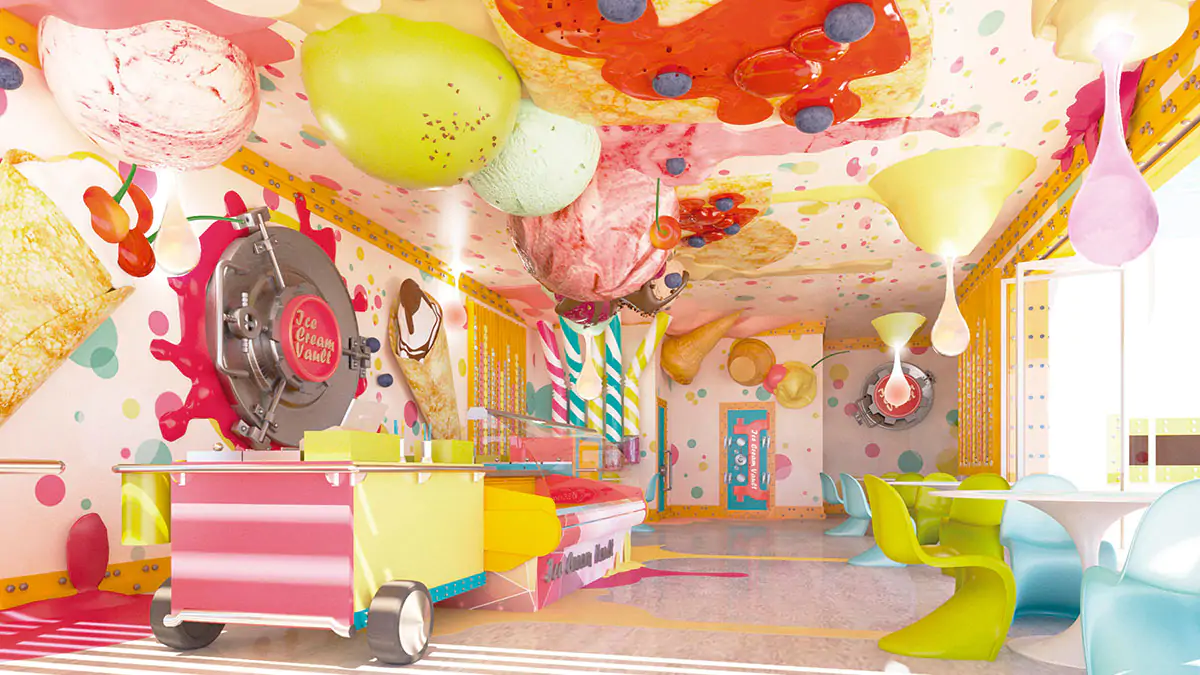The hotel sector continues to grow (18% in the last 10 years). This fact involves an increase in competitiveness (price, innovation, “experience”,…) and in the difficulty to differentiate and position accommodation and a brand in the mind of the tourist. If to this we add the presence and market share of collaborative hosting platforms, we are facing a framework in which creativity plays an important role in maintaining a good occupancy rate.
The objective of “identifying specific groups of guests to become fans of the hotel or the chain”; is the premise shared by experts in the sector: “We have to look for niche markets, not as a trend, but as a future reality”.
In fact, the market niches in this sector are available to everyone. You could even say that the possibilities of differentiation go as far as the imagination of their managers.
We can find some examples of success, such as that of the Spanish NH Group. In a hotel in Berlin, music studios are offered, equipped with the latest audio and voice recording technology; in the case of Milan, the decoration has to do with fashion and design. Both, are under the nhow Hotels brand, which is present in other cities such as Rotterdam.
The 45 Park Lane boutique hotel in London is another model of themed hotel. This focuses on art; it is decorated as if it were a gallery. Each trimester, it changes authors to maintain its attractiveness and novelty for its guests.
A larger example is that of Disney, which uses all its pull, to create thematic rooms in the hotels that are located next to their parks. As its accommodation director Yves Wencker says, “it’s about defining the segment, the narrative and the experience.”
Using experiences related to food, taking advantage of cultural elements such as “tea time”, or creating sewing workshops, are just some of the examples of all the options that a hotel has to find its niche market.






